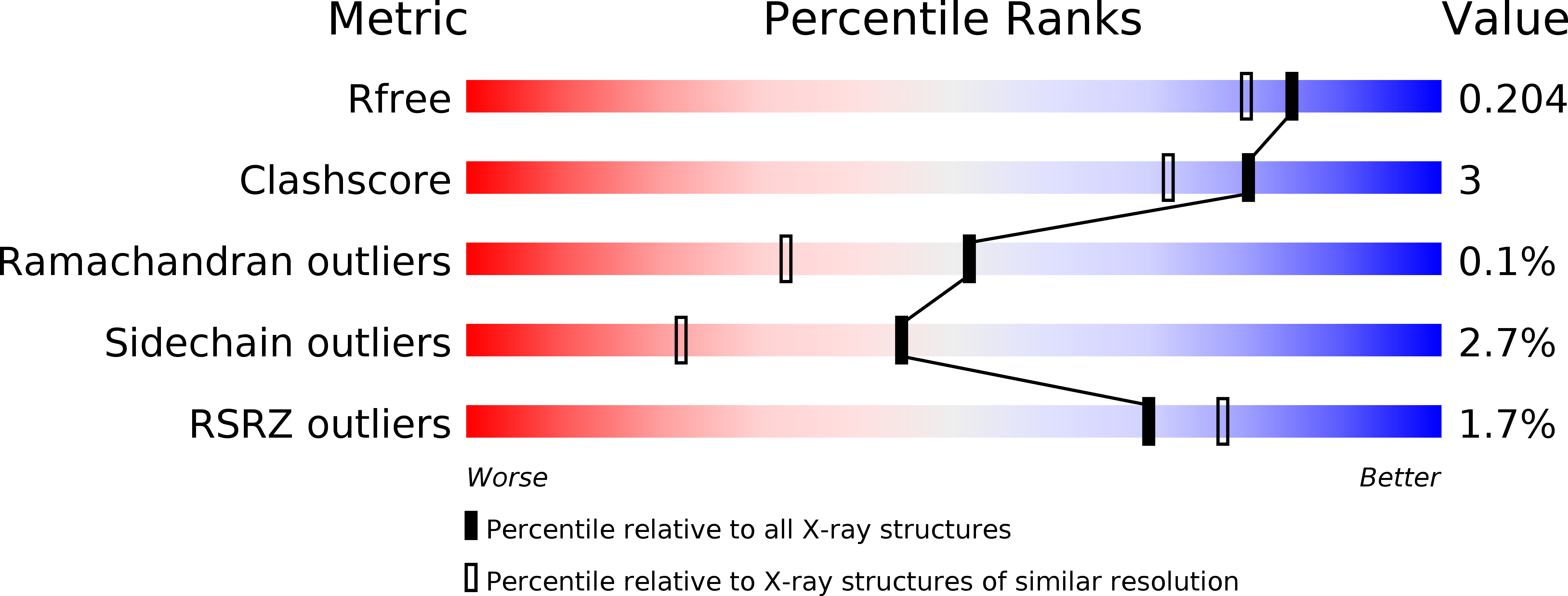
Deposition Date
2016-05-02
Release Date
2017-05-03
Last Version Date
2023-11-08
Method Details:
Experimental Method:
Resolution:
1.75 Å
R-Value Free:
0.20
R-Value Work:
0.17
R-Value Observed:
0.17
Space Group:
P 63


